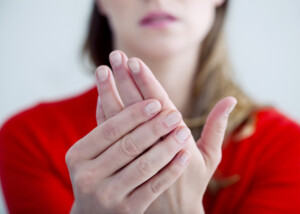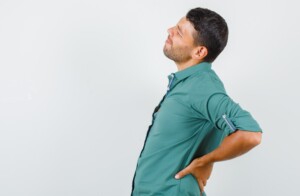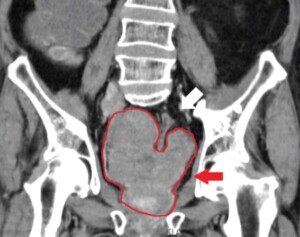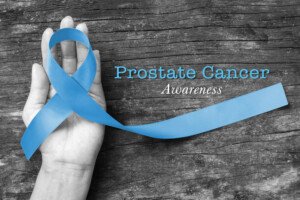Do you suffer from low back pain and nothing seems to work?
Have chiropractic and other bills piled up in your face? Perhaps PT treatments are painful?
A study by researchers from the University of Sydney’s Centre for Rural Health has found a promising alternative: integrating lifestyle support into back pain care.
Published in JAMA Network Open, this study suggests that addressing lifestyle factors could significantly reduce disability and improve quality of life for people with chronic low back pain.
How the Study Was Done
The randomized controlled trial involved 346 participants from across Australia who had chronic low back pain and at least one lifestyle risk factor for this, such as obesity, a poor diet, sedentary habits or smoking.
Participants were divided into two groups: one received the “Healthy Lifestyle Program (HeLP),” and the other received standard physiotherapy care based on current guidelines for managing back pain.
Participants in the HeLP group were supported by a team of physiotherapists, dietitians and phone health coaches who helped them identify lifestyle habits that might be contributing to their back pain.
These factors included poor sleep, excessive drinking, inactivity, smoking and obesity.
Over a six-month period, the team provided evidence-based advice to help participants make positive changes in their lifestyle.
The Results
HeLP participants experienced a significant reduction in disability caused by low back pain, with an average of 1.3 points lower in scores on the Roland Morris Disability Questionnaire compared to the control group.
In addition, they lost an average of three and a half pounds more than those receiving standard care.
Associate Professor Chris Williams, the chief investigator, explains in the paper that back pain treatment should go beyond focusing solely on the spine.
Back pain isn’t just all about the back, he says. All aspects of a person’s life affects how they function and feel.
He notes that many people with long-term back pain in the lower area are often prescribed medication or referred for surgery, neither of which always offers long-term relief and may sometimes even cause more harm.
Instead of relying on pills or surgery, which have limited effectiveness for chronic back pain, this approach encourages patients to adopt healthier habits, which can reduce pain and disability over time.
By focusing on factors such as weight management, physical activity, sleep quality and smoking cessation, patients are given the tools to manage their lower back pain and improve their overall health.
Surgery and drugs remain, by far, the first lines of defense for low back pain.
Many sufferers also are referred to chiropractors and physical therapists.
It also depends on the cause of the back pain, e.g., a vehicular accident or improper lifting of a heavy item by a deconditioned person.
Proper Lifting Techniques for Strength Training

Freepik.com
Employ the following guidelines to prevent a lumbar back injury or chronic pain when strength training.
1. Warm-Up: Always start with a 5-10 minute warmup to increase blood flow to your muscles. Dynamic stretches, yoga or light cardio are effective.
2. Foot Position: Stand with your feet shoulder-width apart, with your toes slightly pointed outward.
This provides a stable base and helps you maintain balance during lifts.
3. Grip: Keep a firm grip on the weights, whether you’re using dumbbells, a barbell or machines.
Your hands should be placed evenly on the equipment to ensure balance.

Freepik.com
I sometimes see people’s hands placed unevenly on a barbell when doing the back squat or the wide grip attachment for lat pull-downs.
4. Engage Your Core: Before lifting, tighten your core muscles as if you’re about to get punched in the stomach.
This provides spinal stability and helps protect your lower back.
5. Keep Your Back Straight: Maintain a neutral spine throughout the lift. Avoid rounding your back, as this increases the risk of injury.
A straight or “upright” back ensures that the force is directed where it should be — through the legs and upper body.
6. Lift with Your Legs, Not Your Back: When lifting weights from the floor, bend your knees (not your back) and keep your chest lifted.
Push through your heels as you stand up. This helps engage the larger, stronger muscles of your legs and glutes.
7. Controlled Movements: Always perform lifts in a slow, controlled manner.
Avoid jerking or using momentum to lift the weight. This maximizes muscle engagement and minimizes the risk of injury.
8. Breathing: Exhale as you lift the weight (the effort phase) and inhale as you lower it (the return phase).
Proper breathing helps maintain your core stability and prevents excessive intra-abdominal pressure.
The paper points out that global guidelines have not yet fully embraced lifestyle-integrated care for pain in the low back. But that doesn’t mean that this concept doesn’t carry a lot of prominence.
 Lorra Garrick is a former personal trainer certified through the American Council on Exercise. At Bally Total Fitness she trained women and men of all ages for fat loss, increased strength, muscle building, and improved fitness and cardiovascular health.
Lorra Garrick is a former personal trainer certified through the American Council on Exercise. At Bally Total Fitness she trained women and men of all ages for fat loss, increased strength, muscle building, and improved fitness and cardiovascular health.
.










































